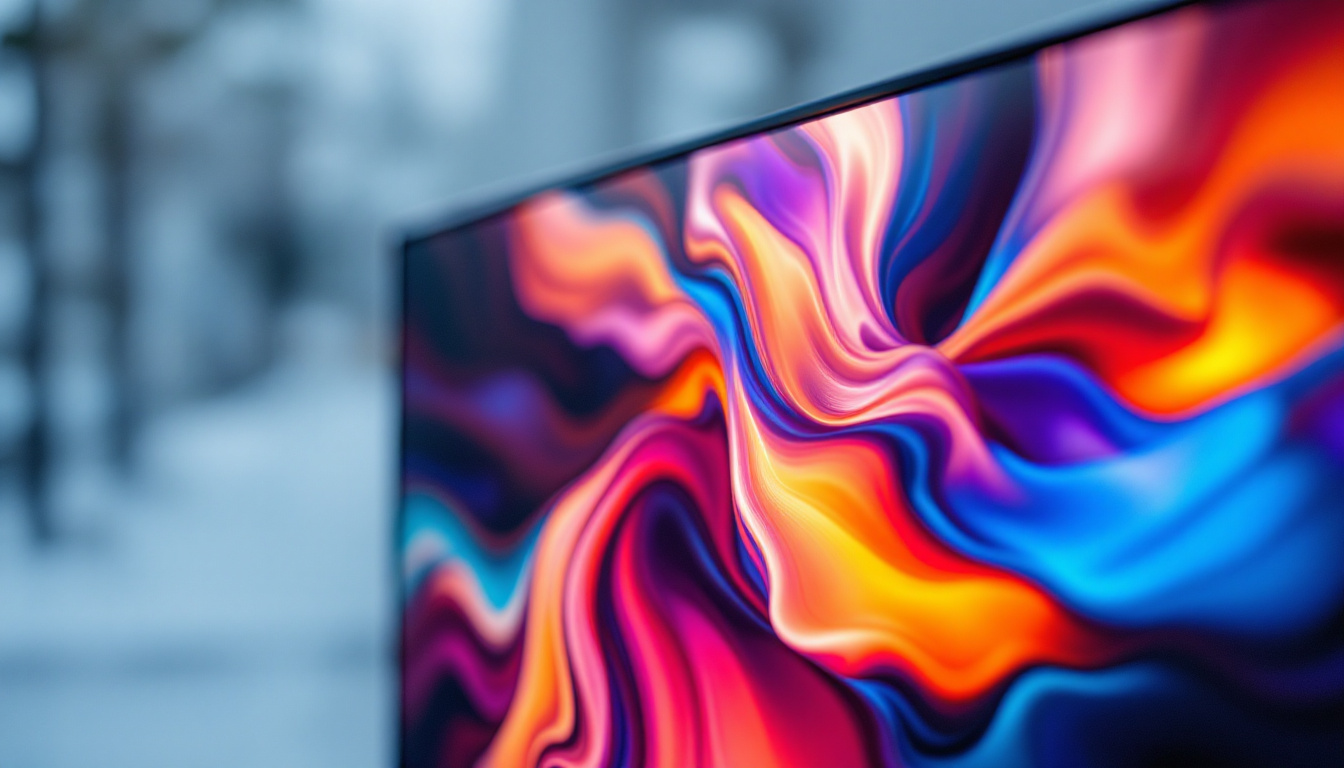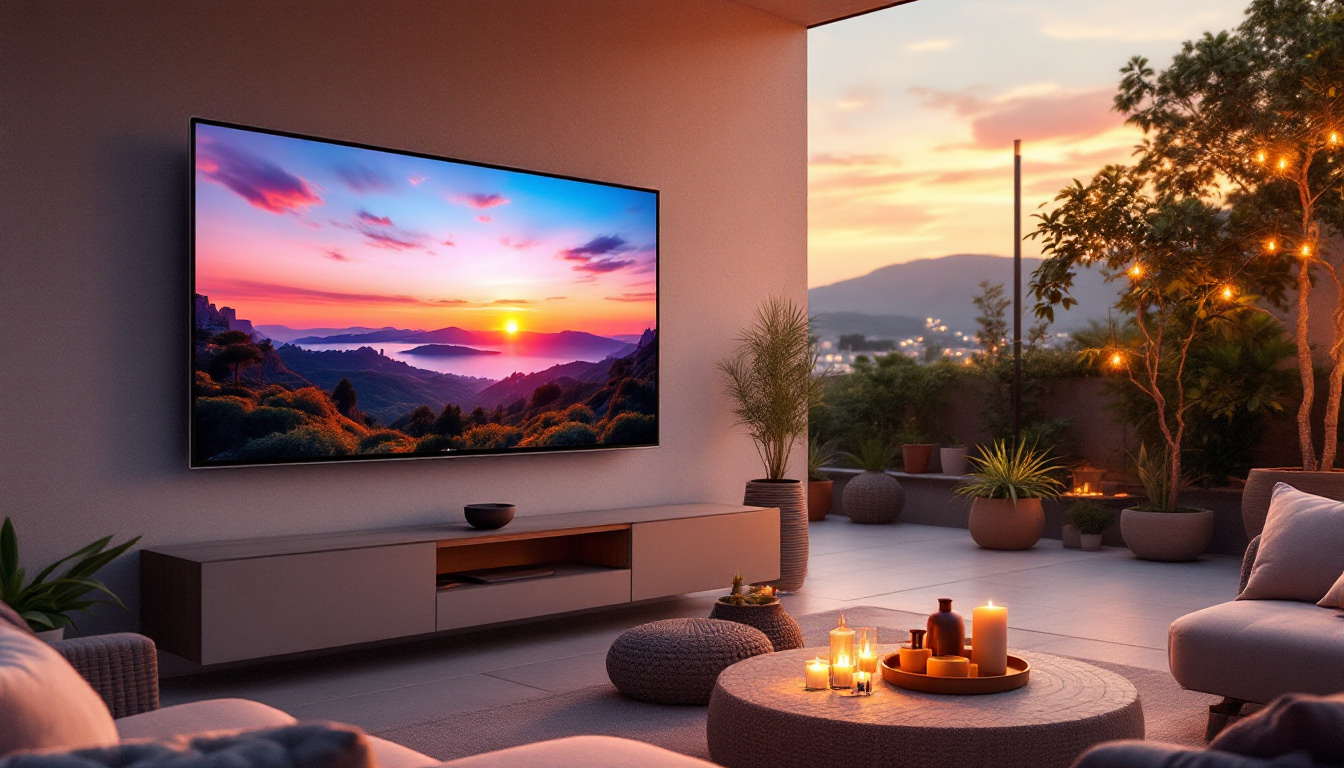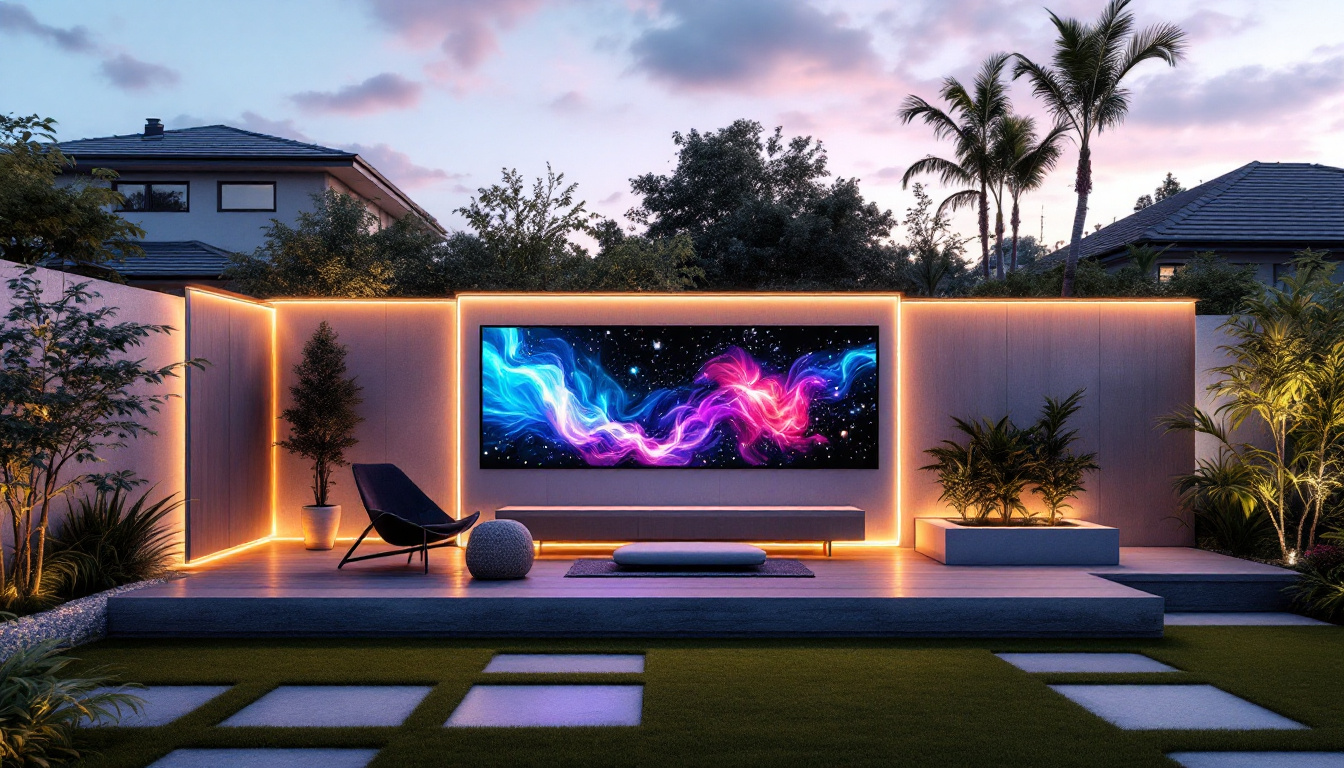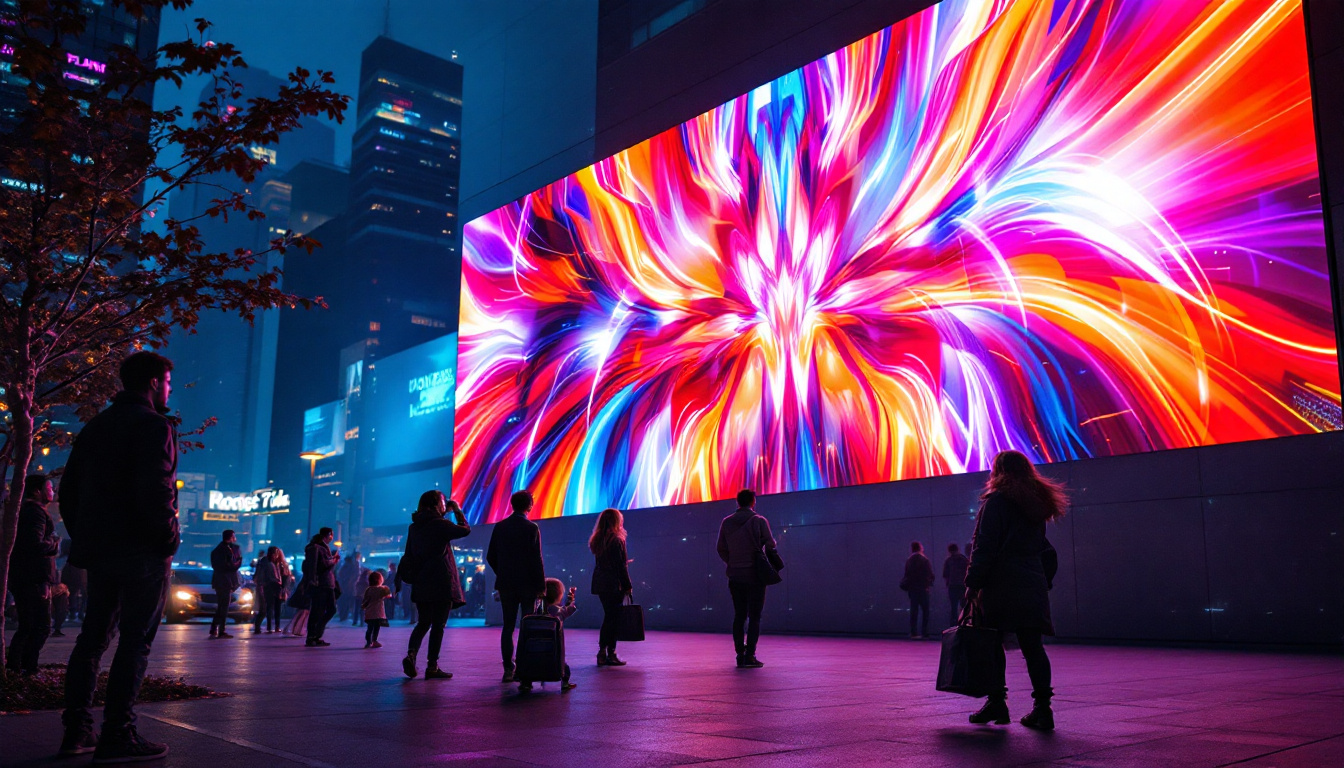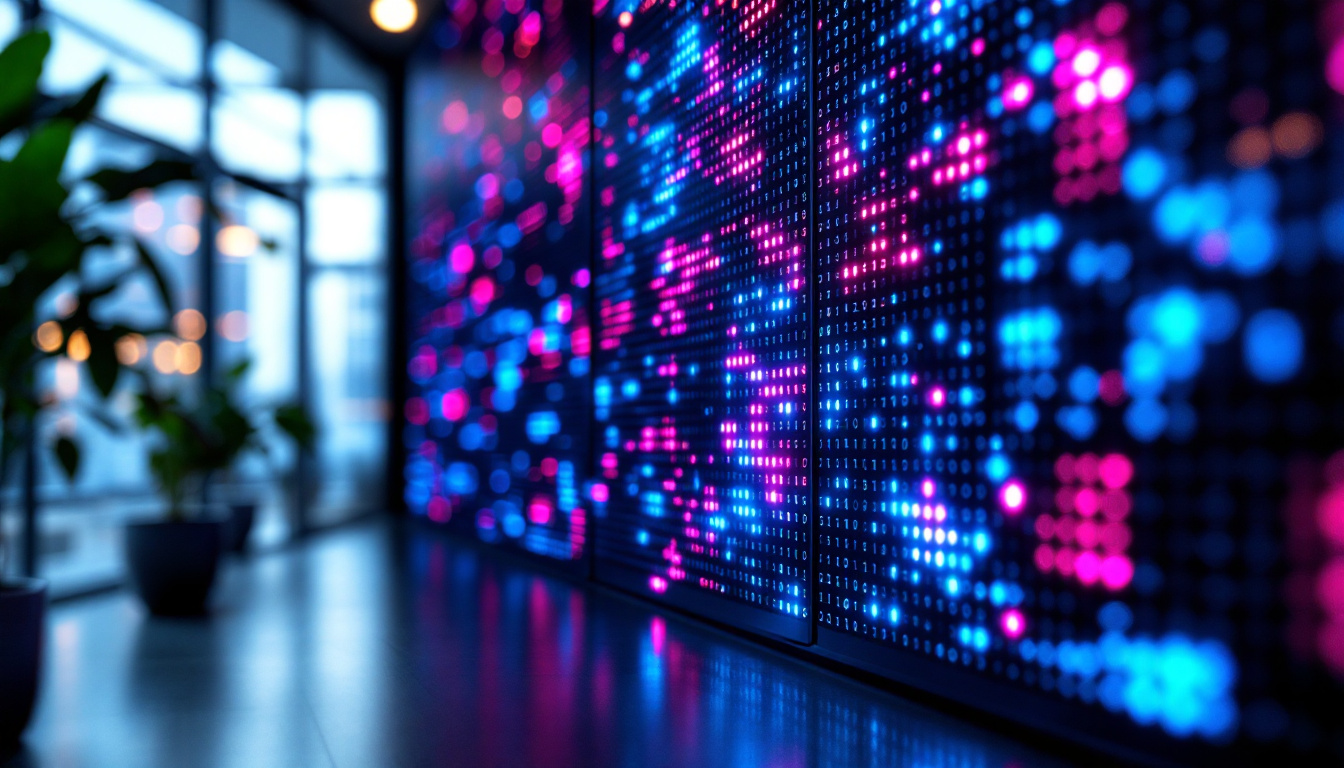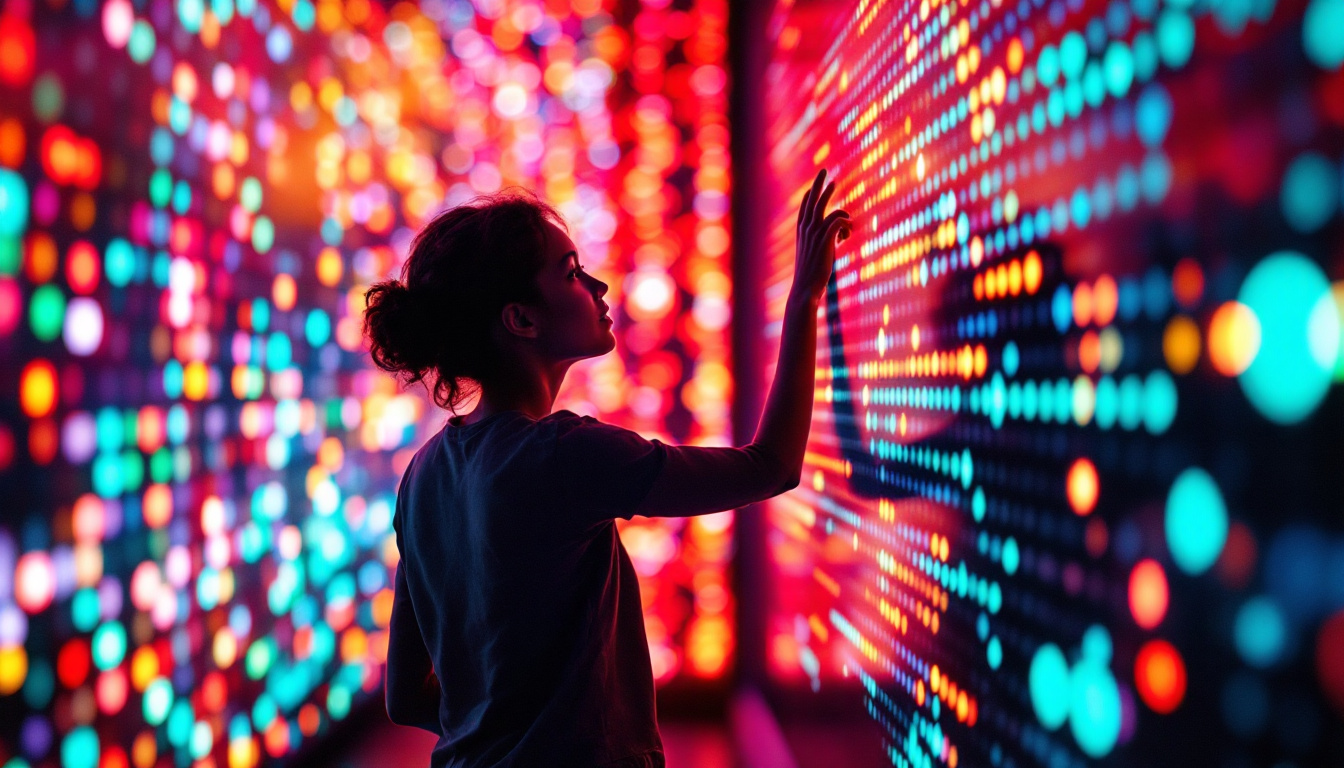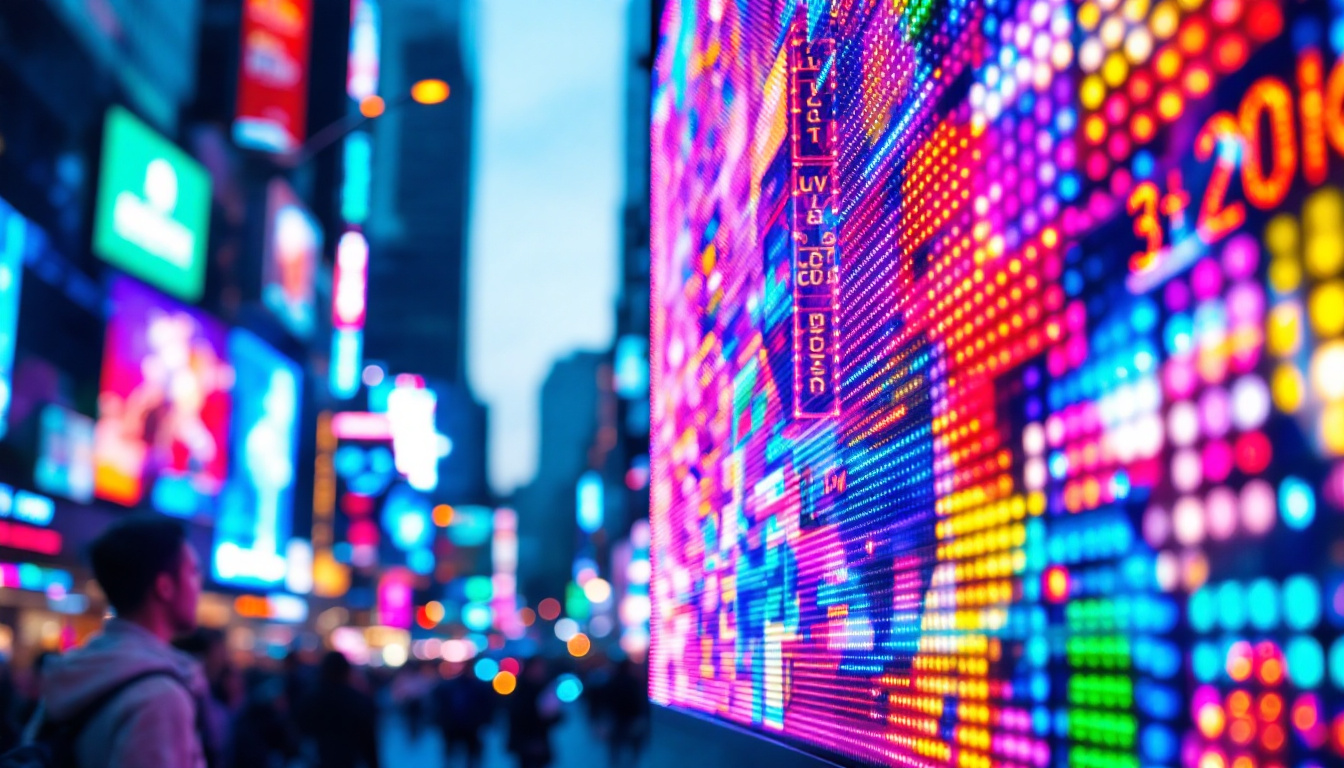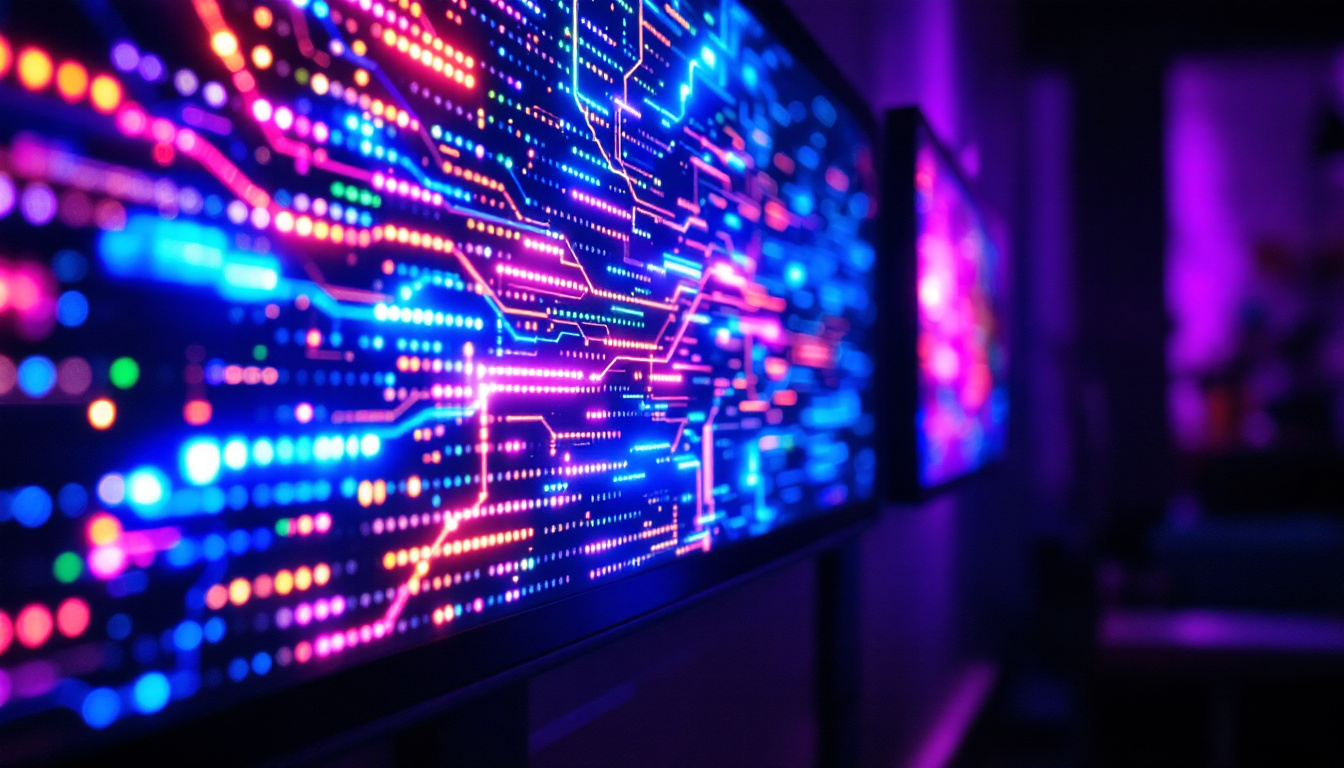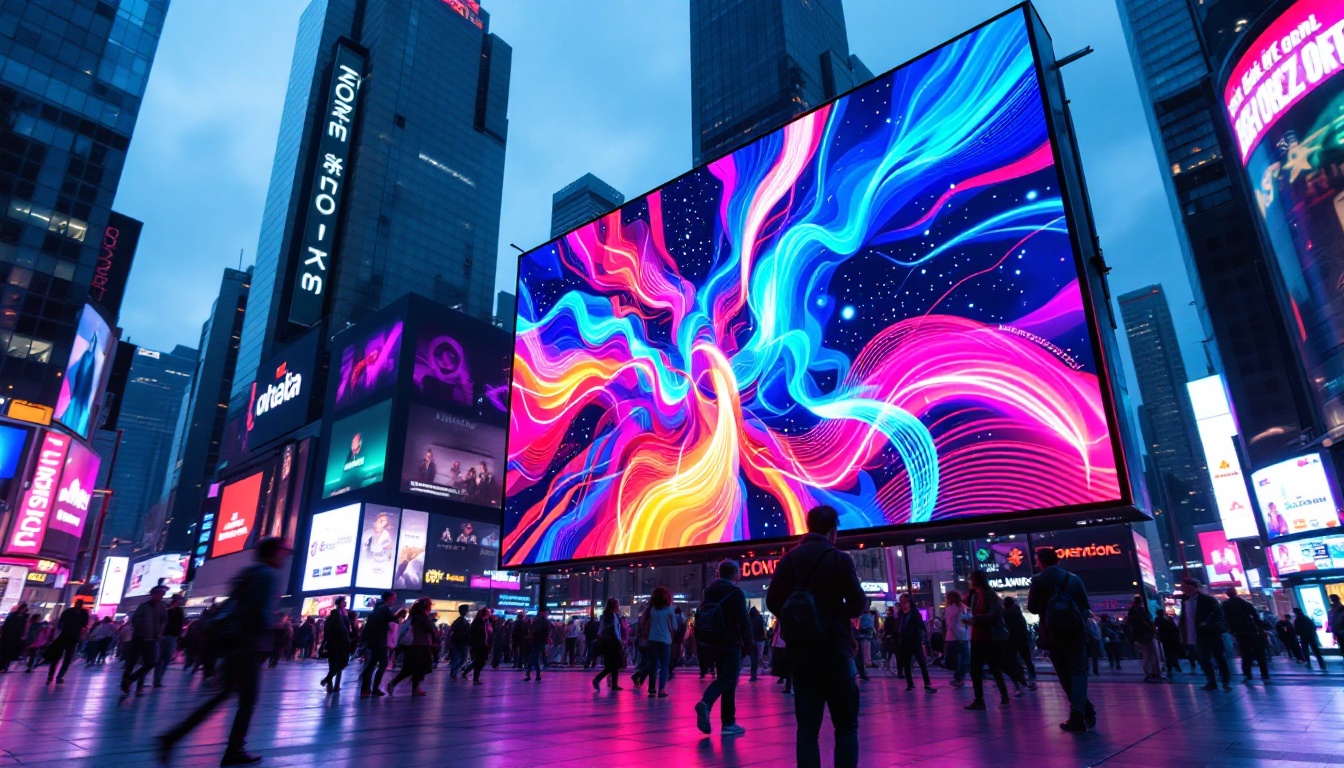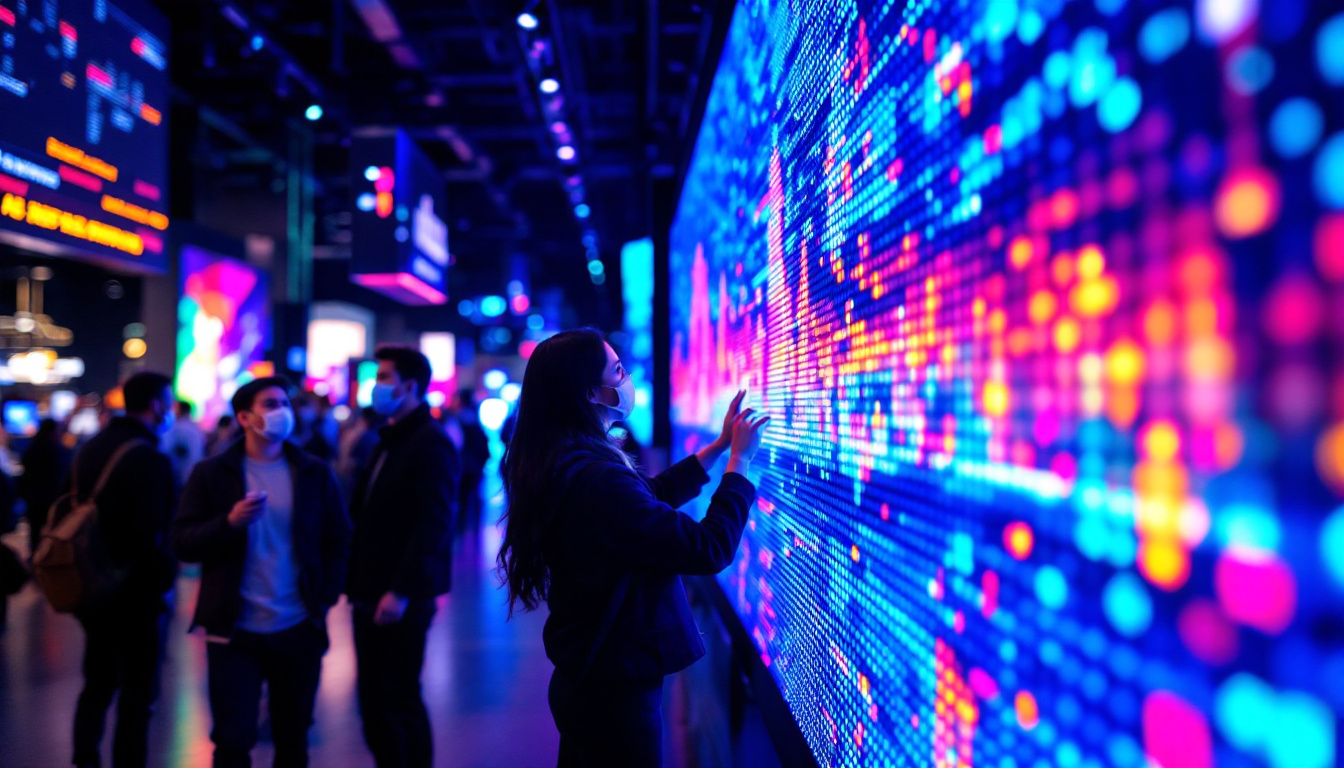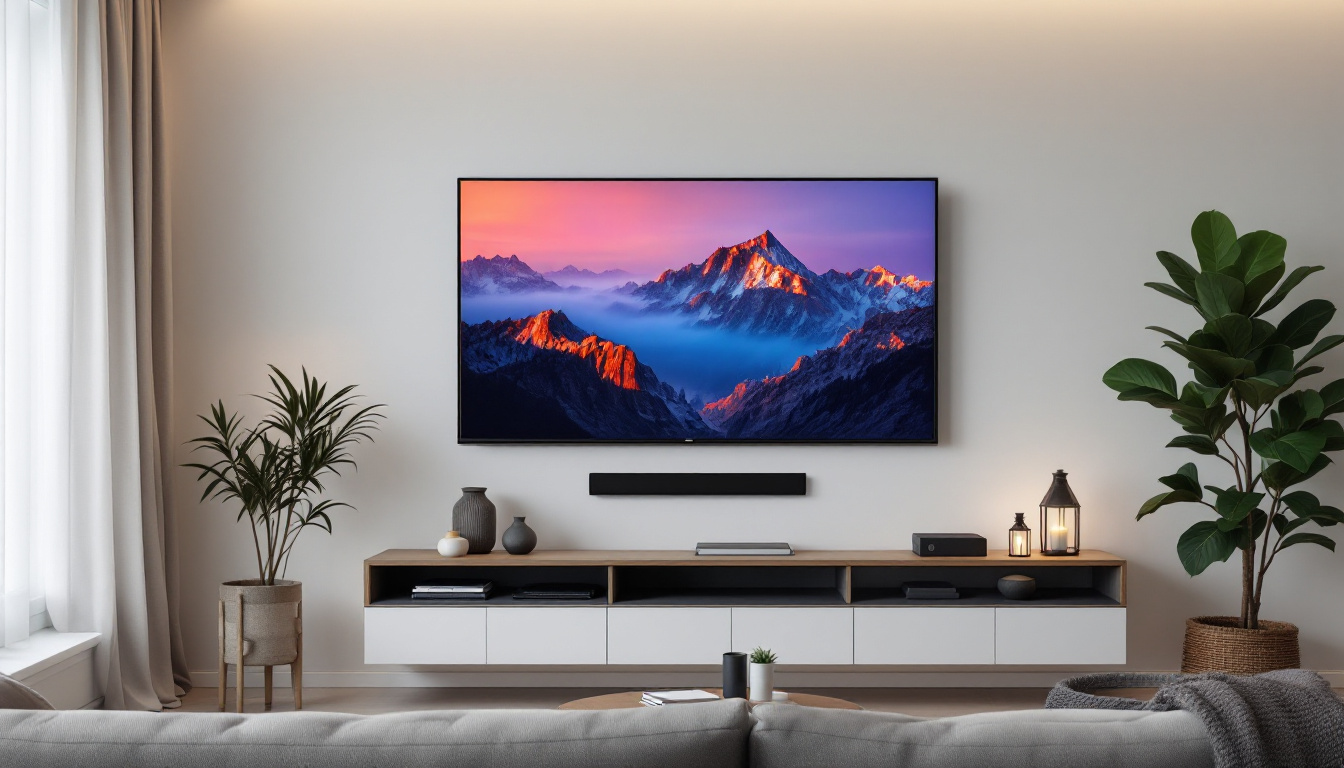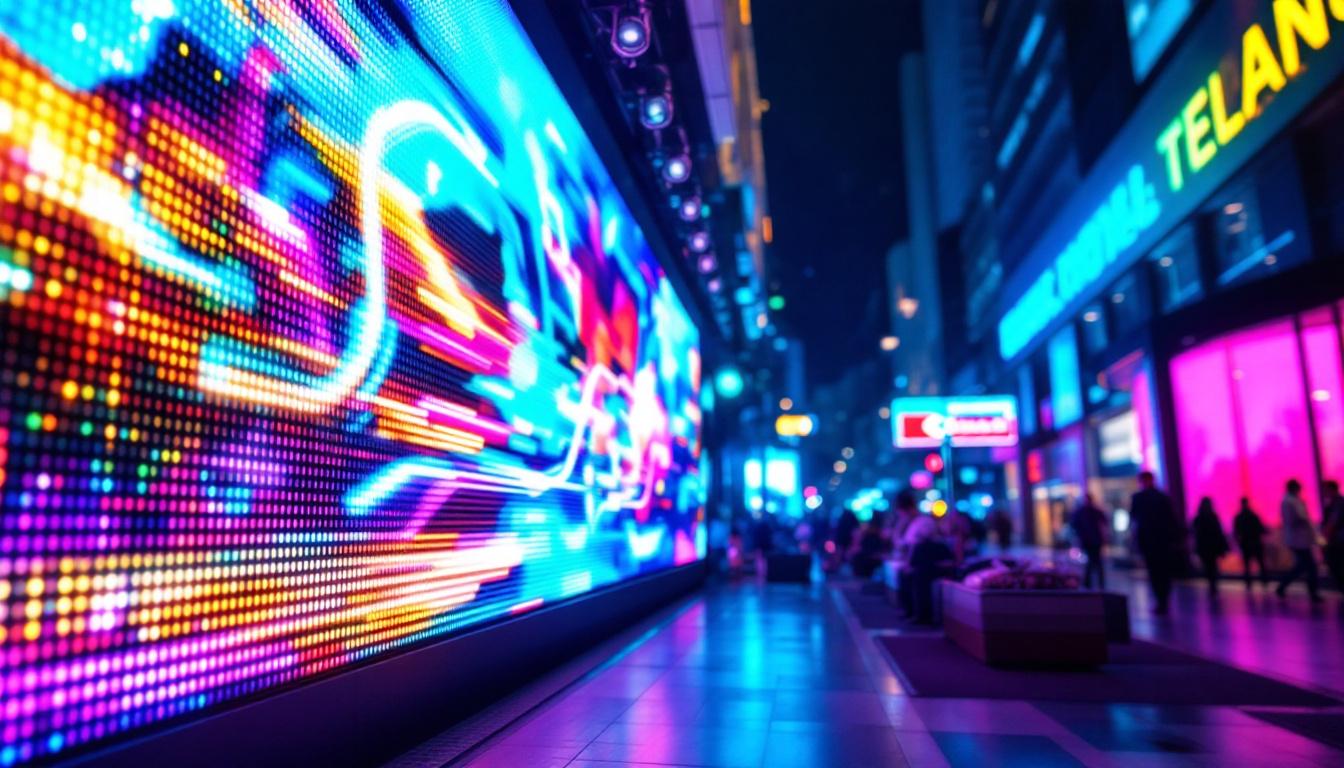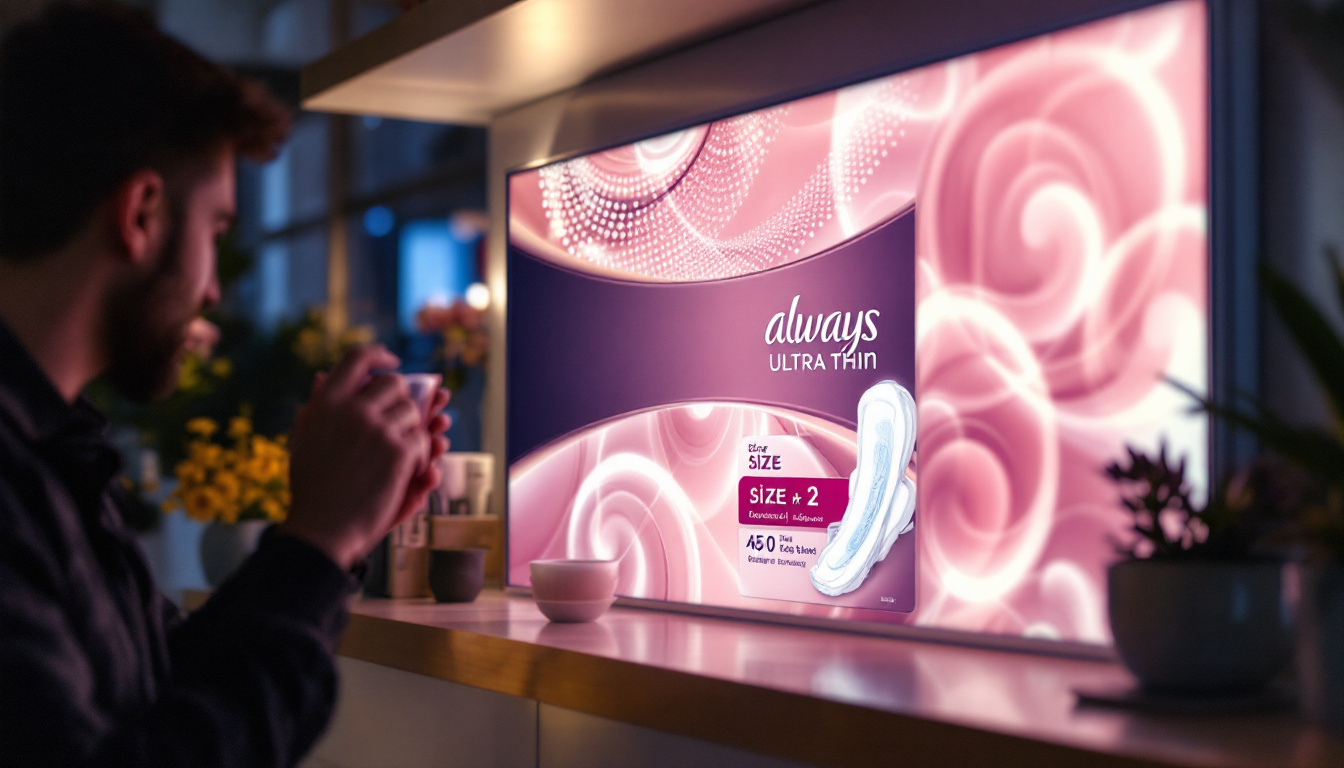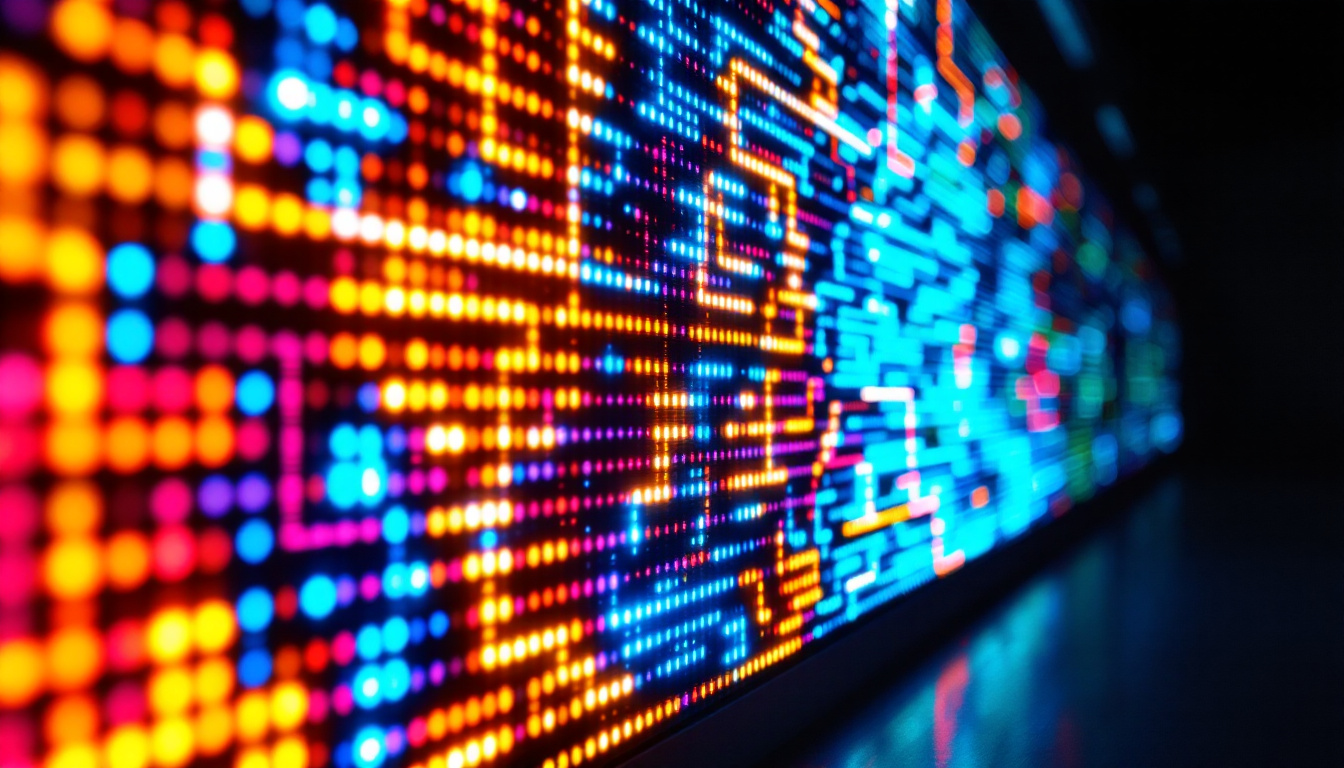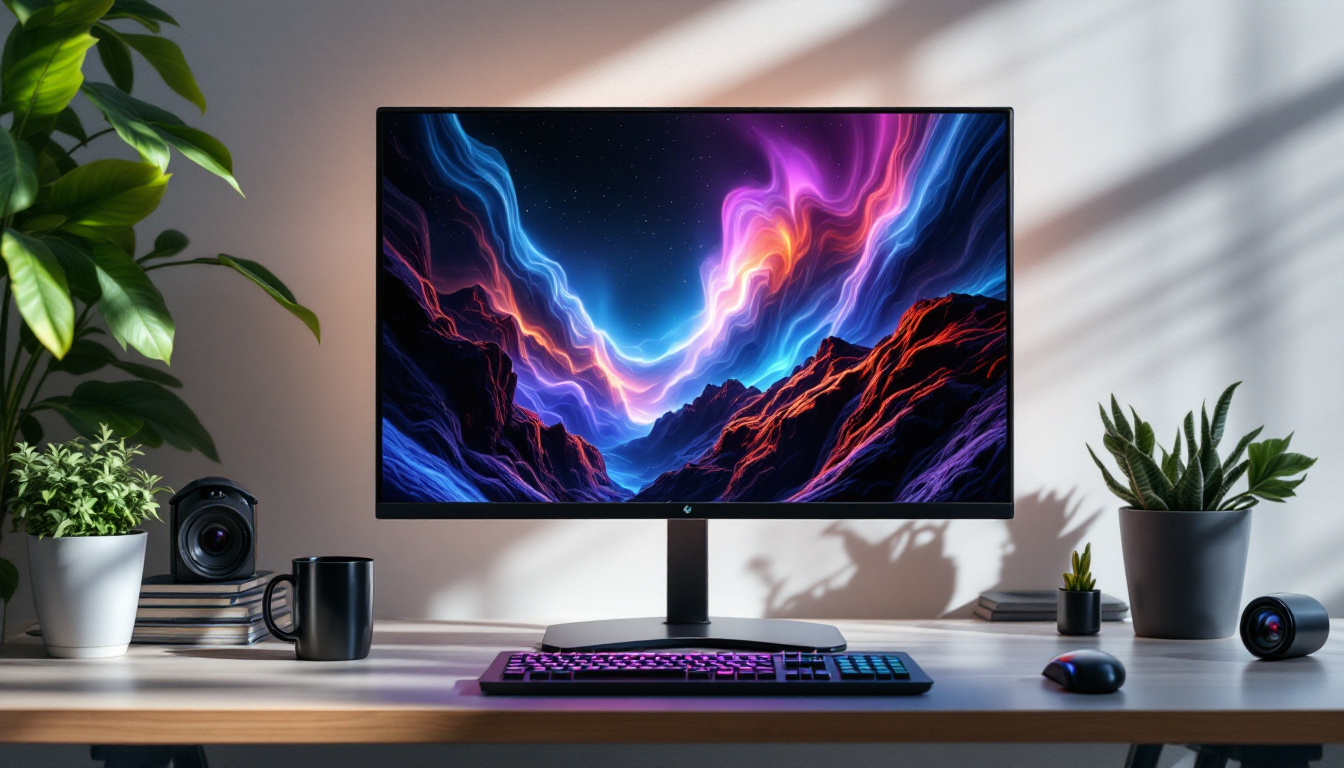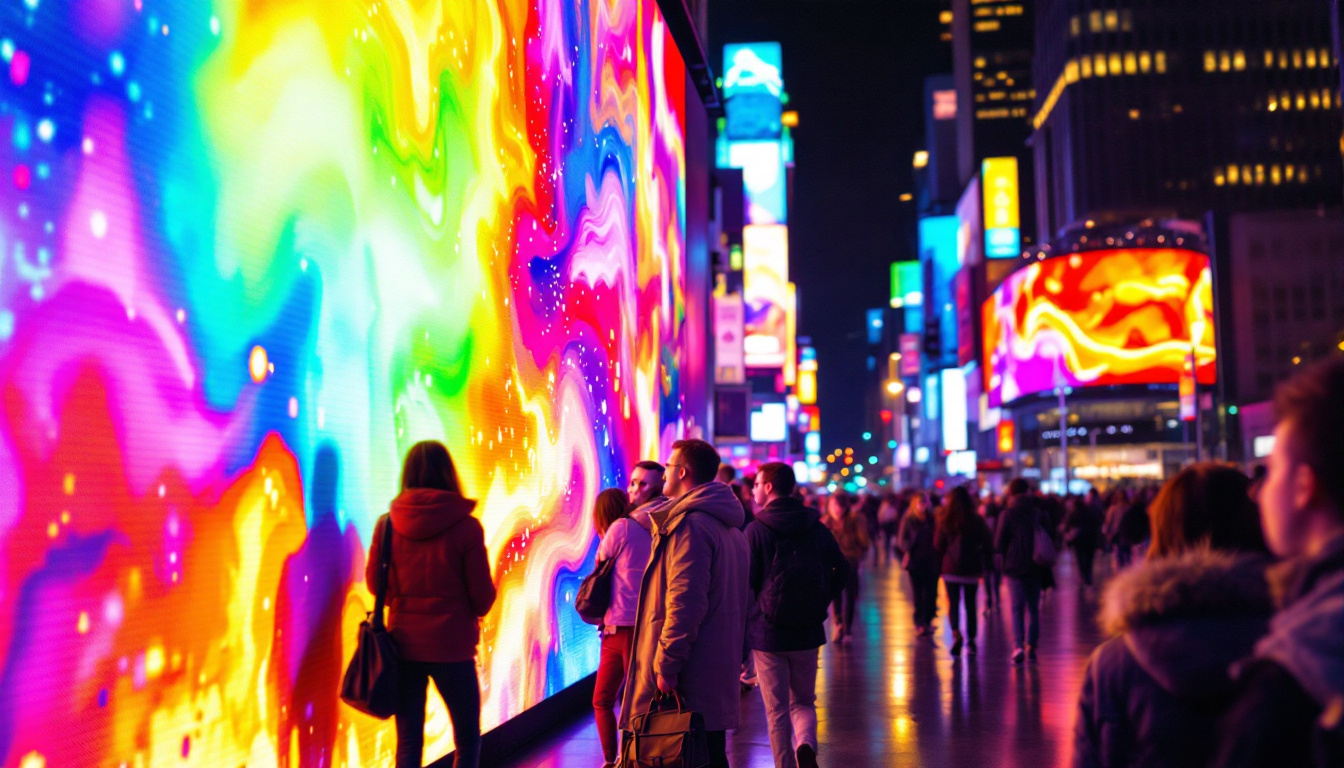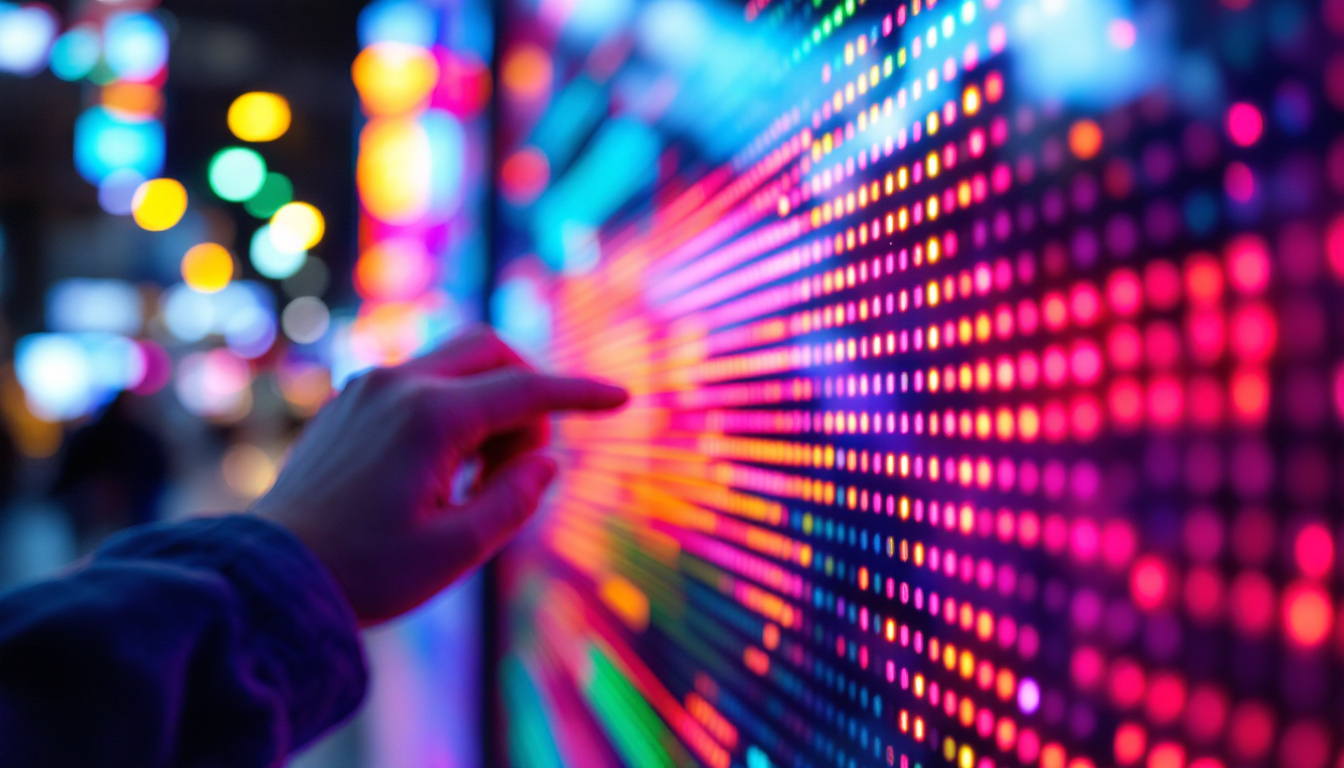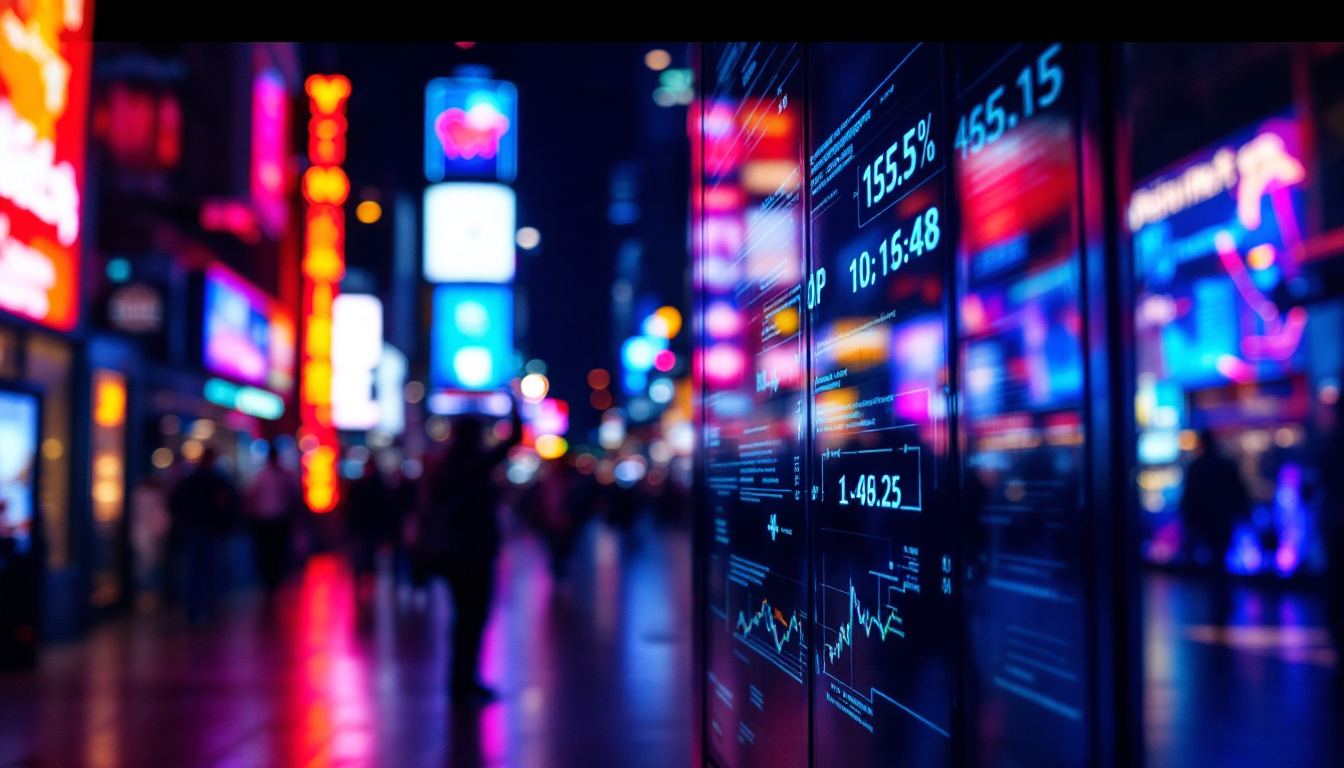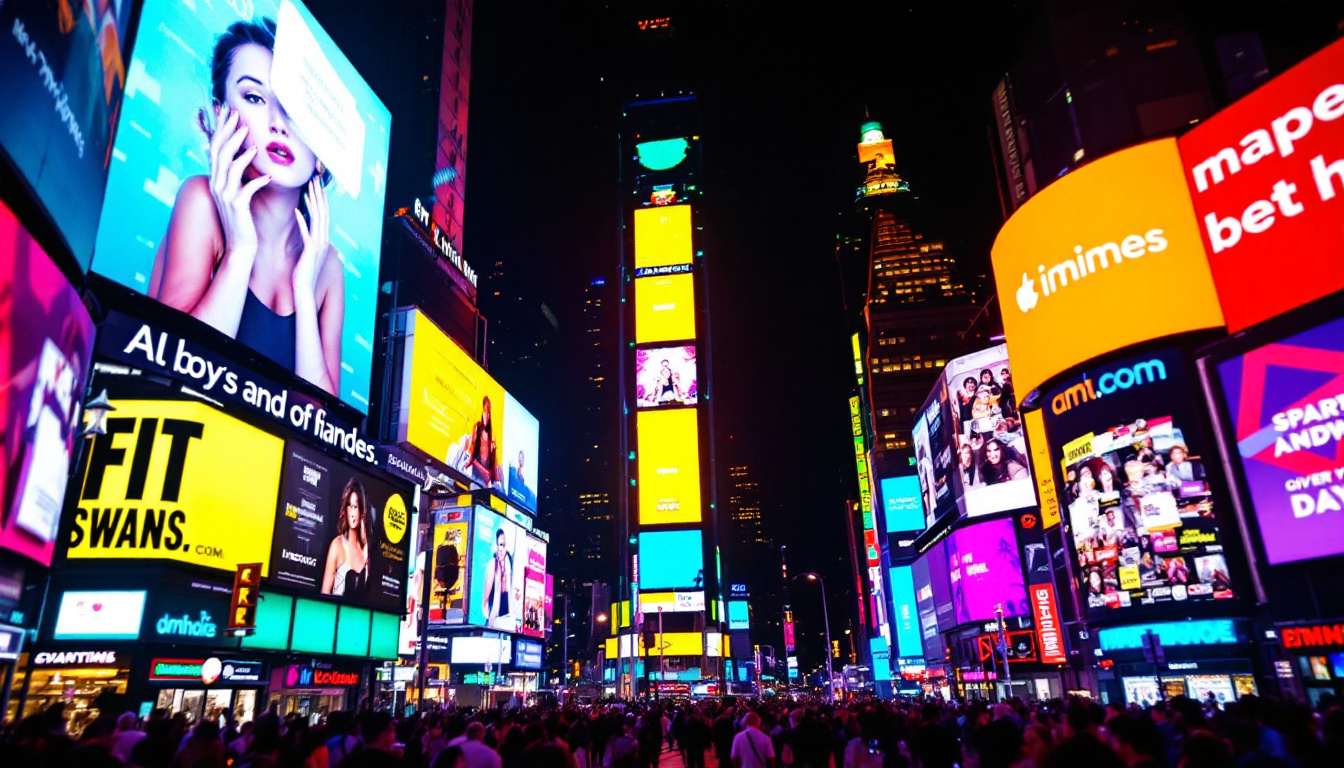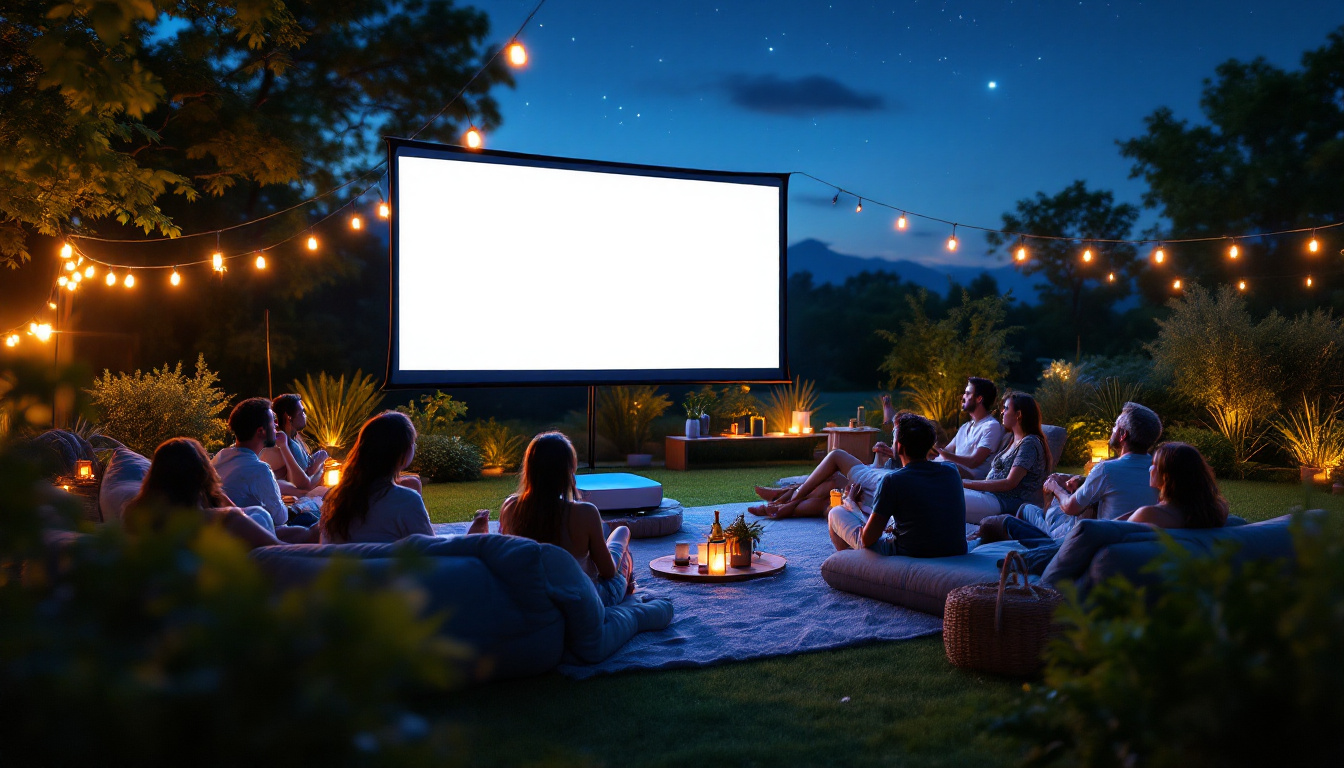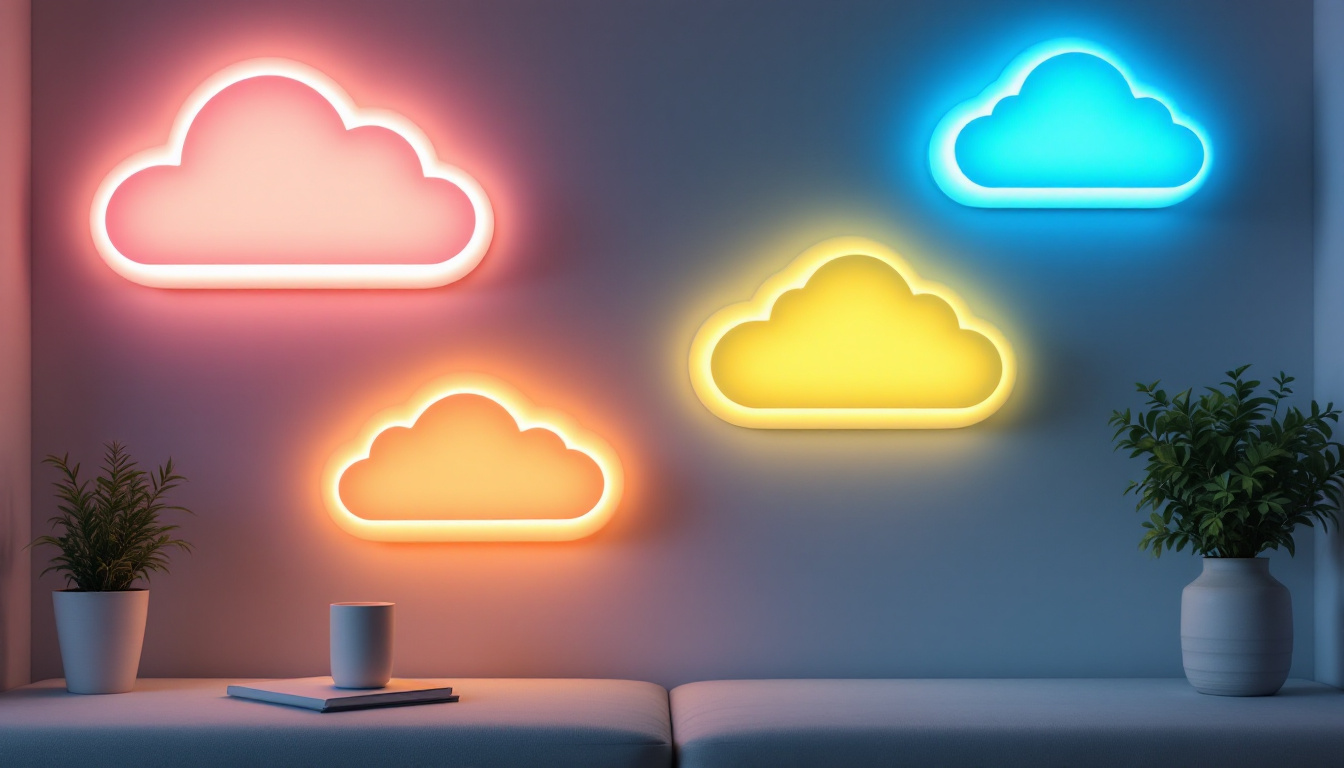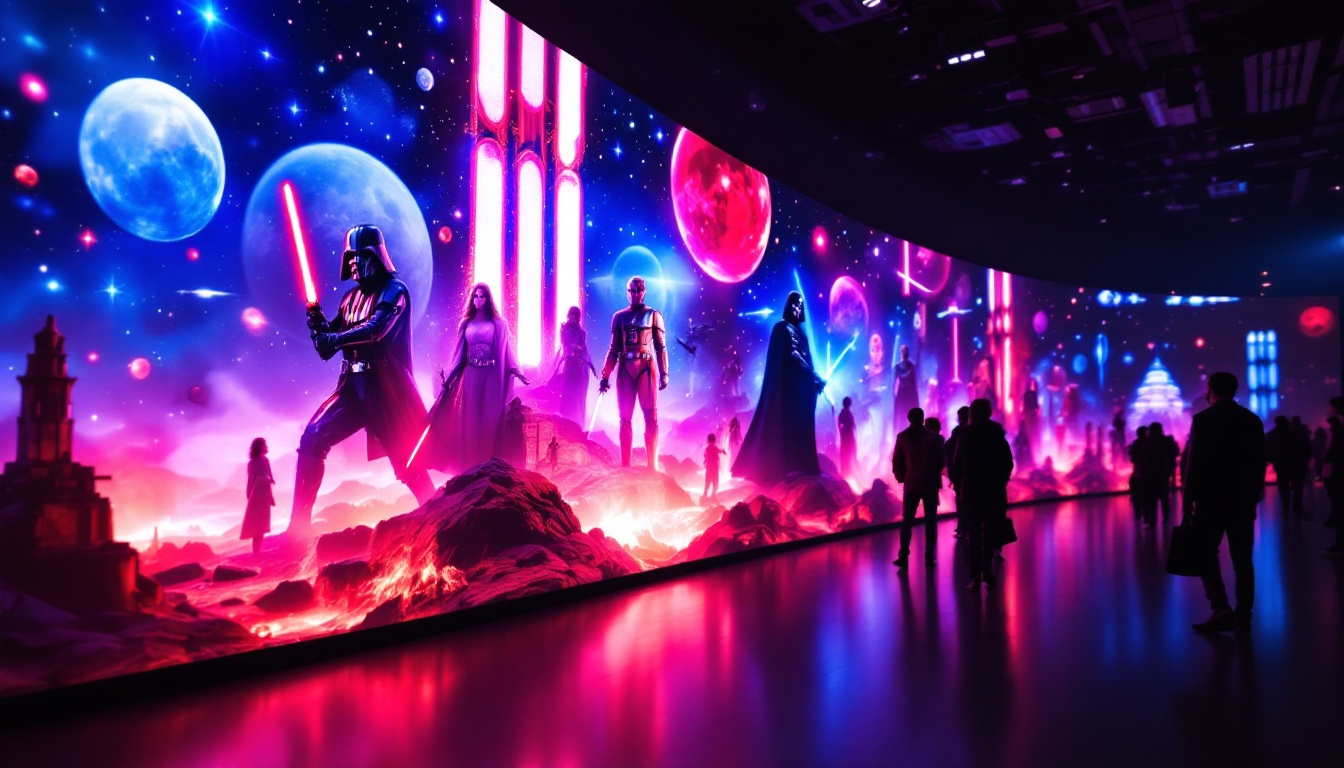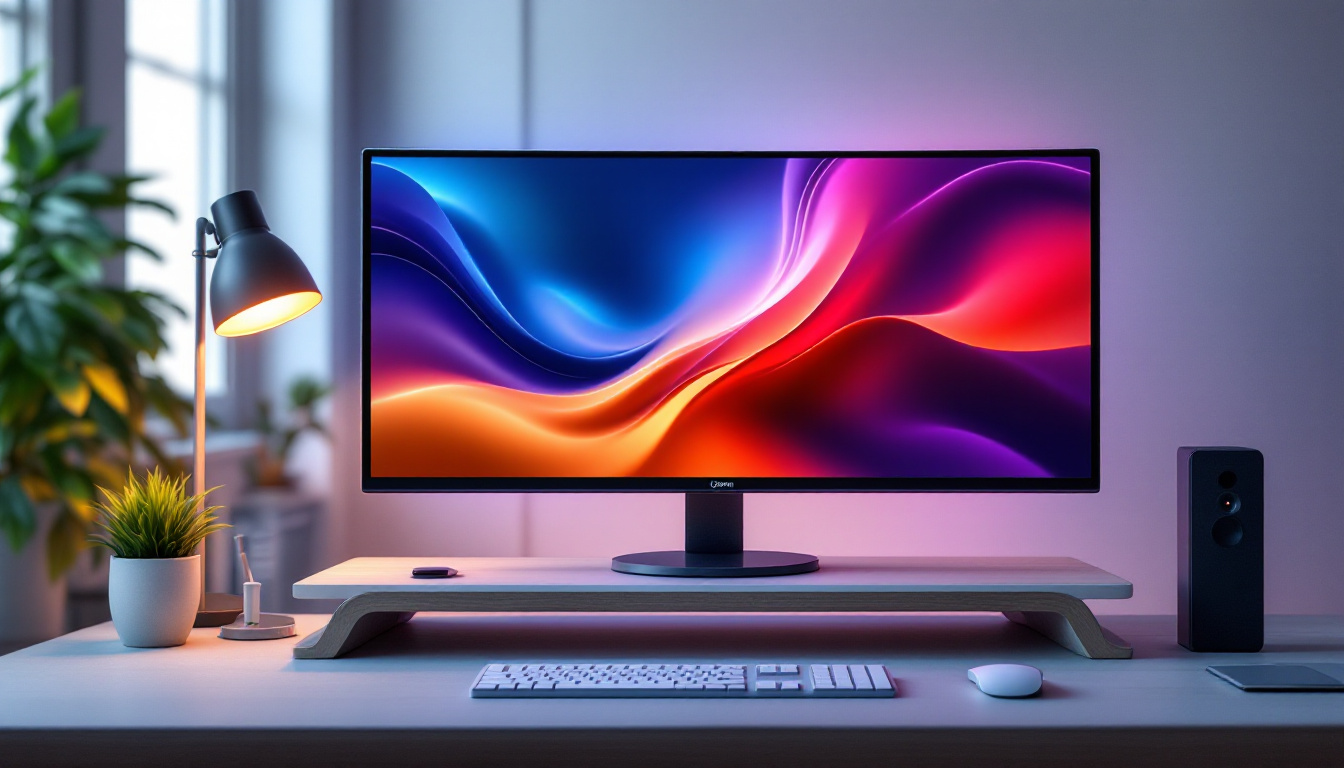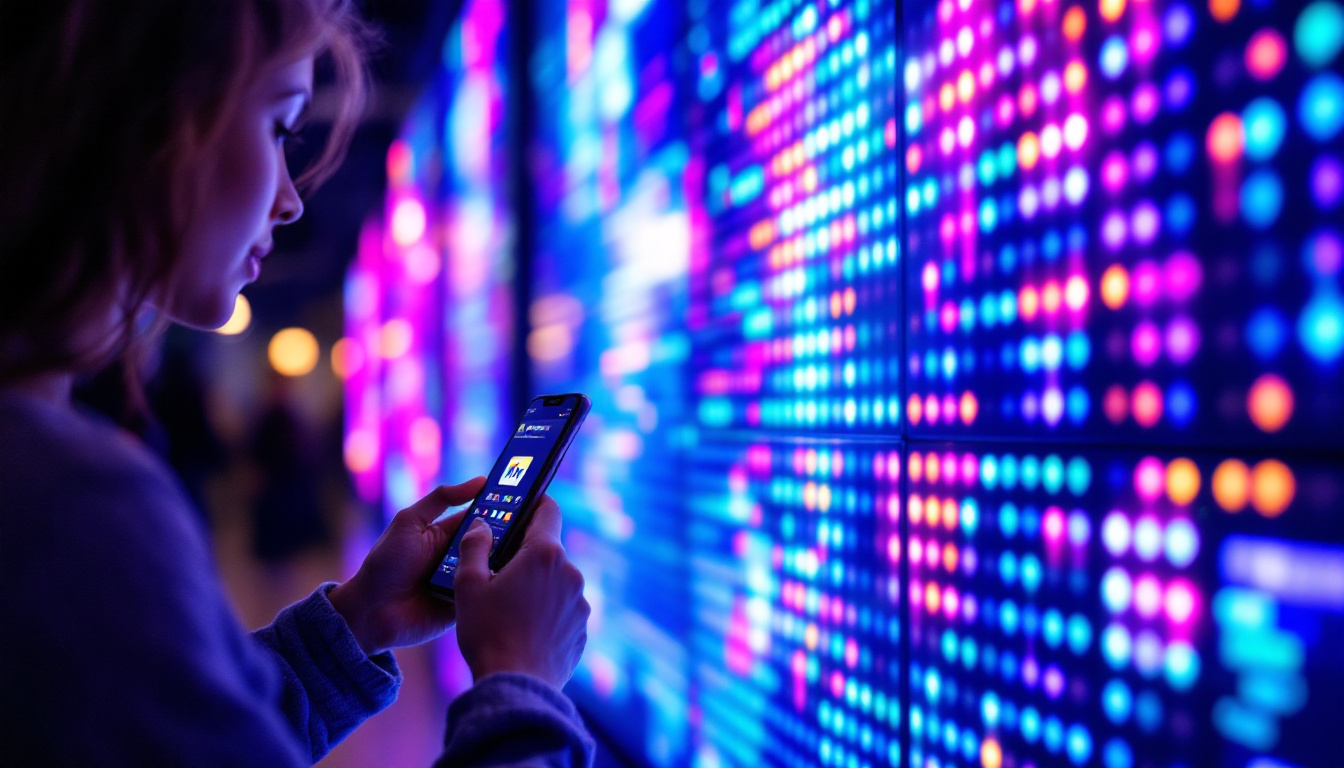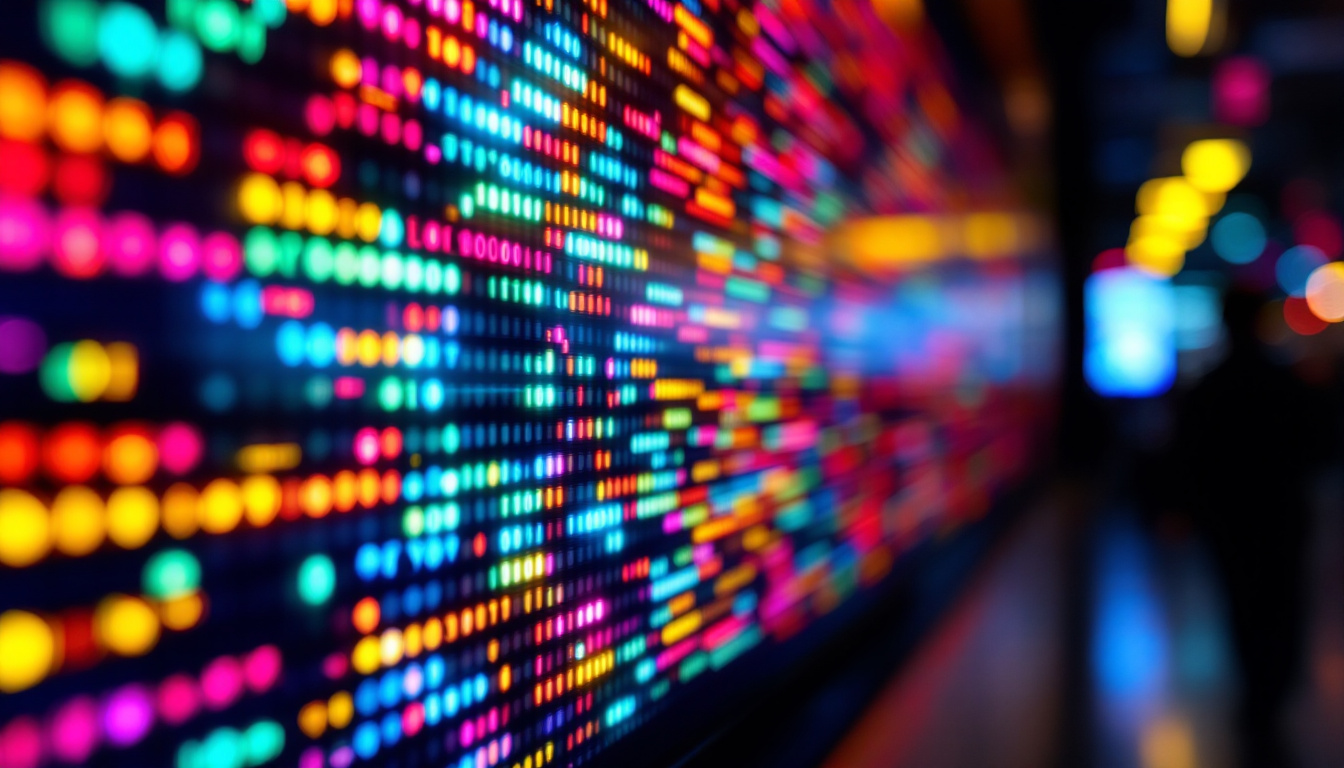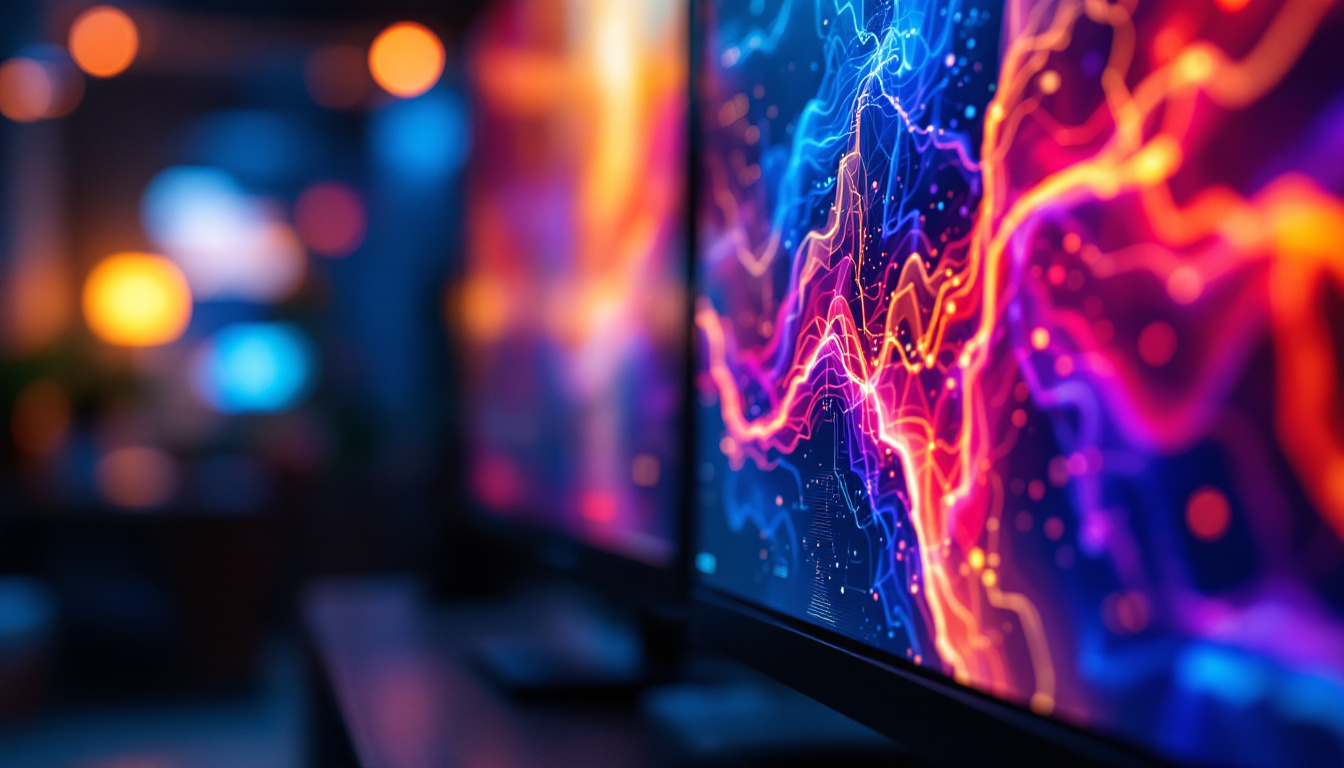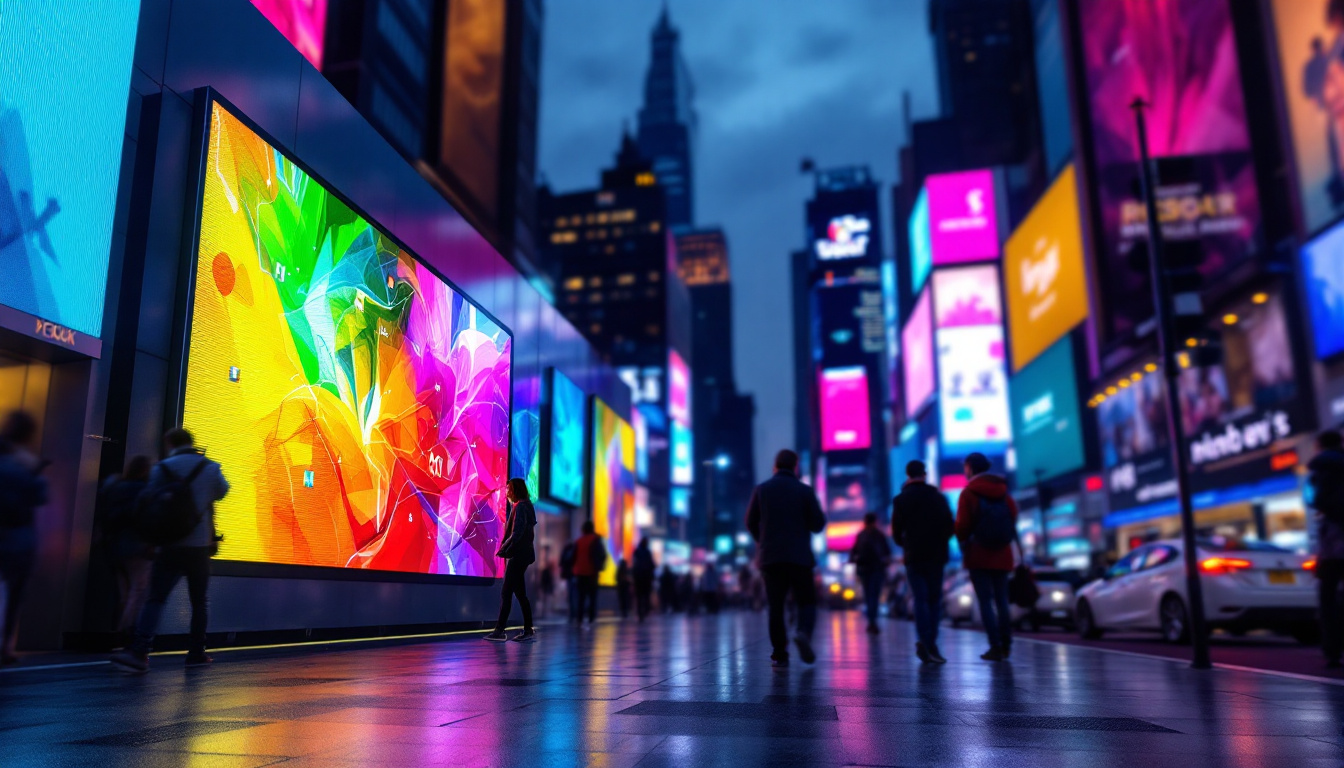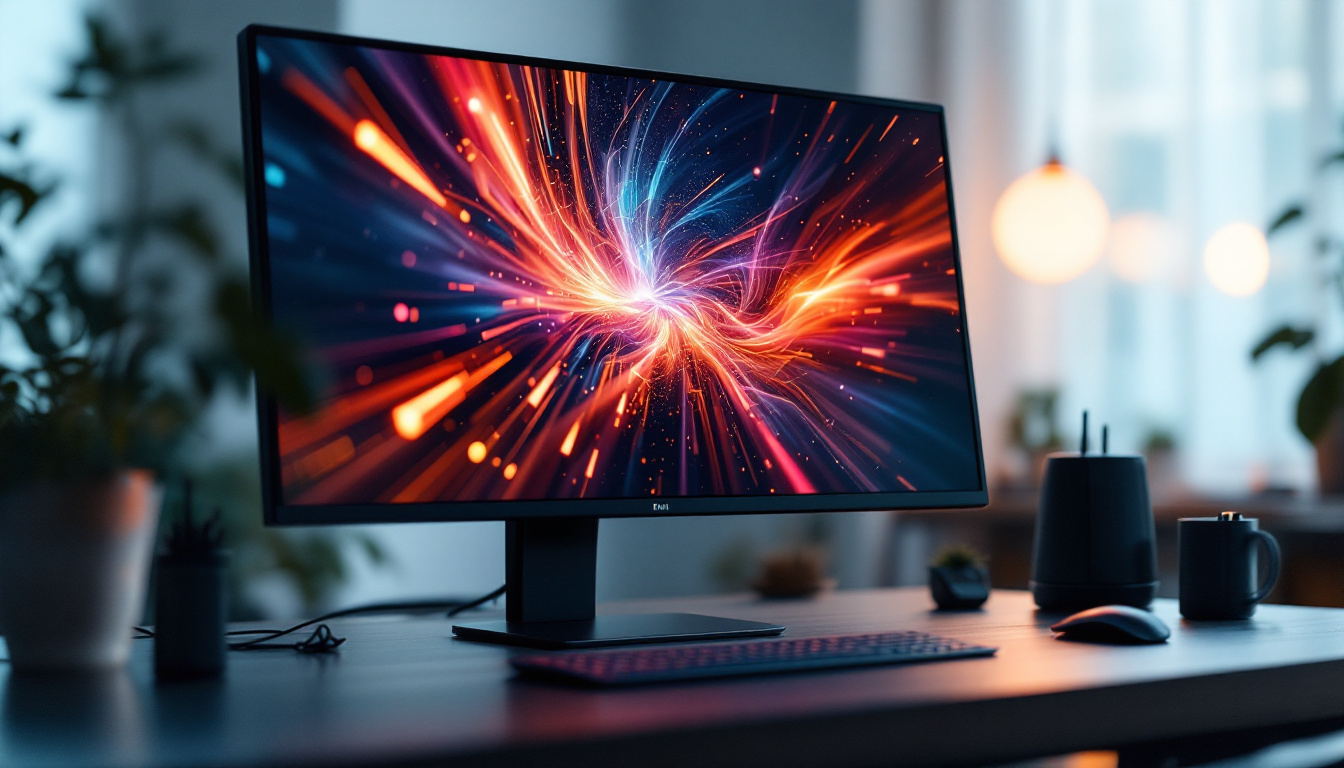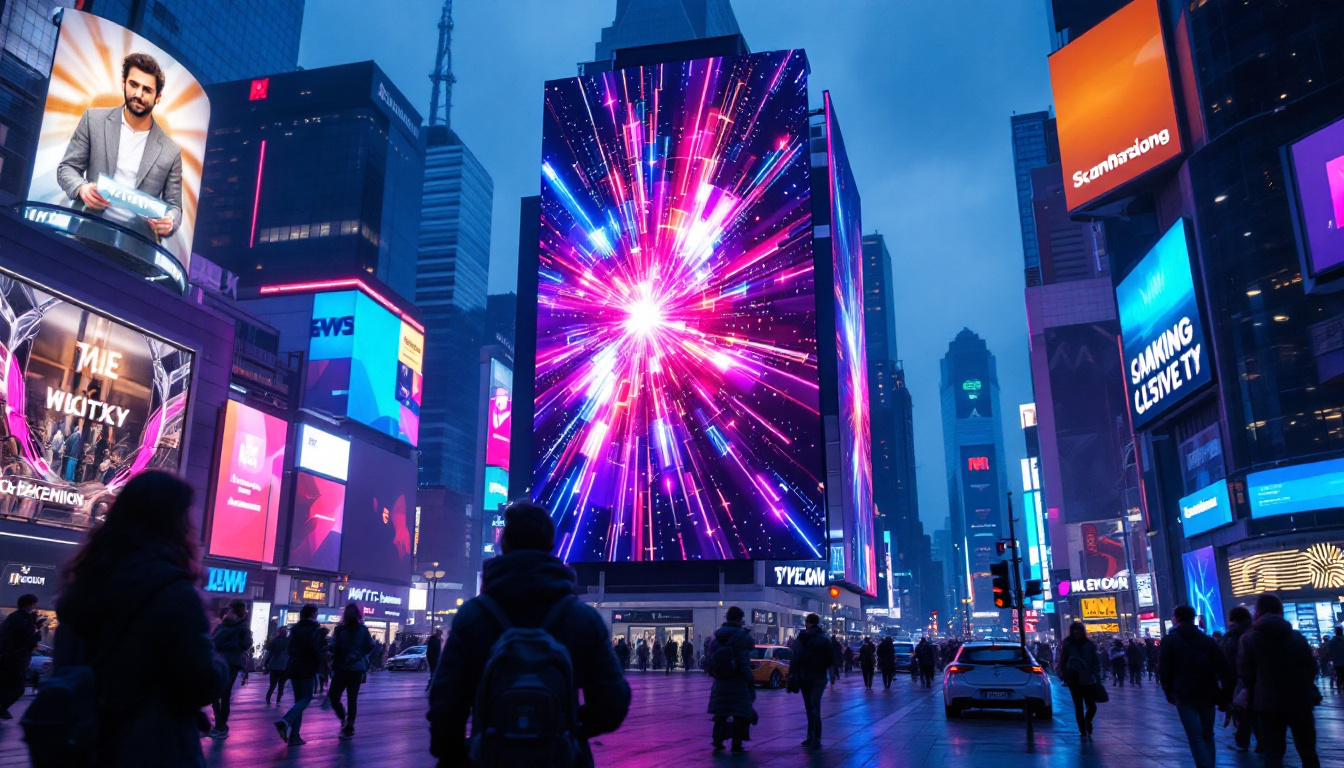In the ever-evolving world of display technology, the bezel screen has emerged as a significant feature that enhances both aesthetics and functionality. This article delves into the intricacies of bezel screens, particularly focusing on LED displays, their advantages, and their applications in various fields.
Understanding Bezel Screens
A bezel screen refers to the frame that surrounds the display of a screen. While it may seem like a mere aesthetic element, the bezel plays a crucial role in the overall user experience and functionality of the device. Bezel screens can be found in various devices, including televisions, computer monitors, and smartphones.
What is a Bezel?
The bezel is the outer casing that encases the display panel. Traditionally, bezels have been thick and prominent, but advancements in technology have led to the development of thinner bezels, often referred to as “borderless” or “edge-to-edge” displays. These designs not only enhance the visual appeal but also maximize the screen real estate, allowing for a more immersive viewing experience. This trend has been particularly popular in the realm of smartphones, where manufacturers are constantly striving to create devices that offer larger screens without increasing the overall size of the phone. The reduction of bezels has allowed for sleeker designs that fit comfortably in the hand while providing an expansive area for content consumption.
The Role of Bezels in Display Technology
Bezels serve several important functions beyond aesthetics. They provide structural support for the screen, protect the edges of the display from damage, and house essential components such as sensors, cameras, and speakers. In LED displays, the bezel can also affect the viewing angles and color accuracy, making its design a crucial aspect of display engineering. Furthermore, the materials used in bezels can vary significantly, from plastic to aluminum, each offering different levels of durability and weight. High-end devices often feature metal bezels that not only enhance the premium feel of the product but also contribute to better thermal management, which is essential for maintaining optimal performance during intensive tasks.
In addition to their protective and structural roles, bezels can also influence user interaction. For instance, touchscreen devices often require a certain amount of bezel space to accommodate gestures and prevent accidental touches. This has led to innovative designs where the bezel is not just a passive frame but an integral part of the user interface, sometimes incorporating touch-sensitive controls or notifications. As technology continues to evolve, the future of bezels may see even more integration of functionality, blurring the lines between display and frame, and creating a seamless user experience that enhances both form and function.
LED Displays: An Overview
LED (Light Emitting Diode) displays have revolutionized the way visuals are presented. They are known for their vibrant colors, energy efficiency, and slim profiles. Understanding how LED displays work is essential to appreciating their advantages and the role of bezels in enhancing their functionality.
How LED Displays Work
LED displays utilize a matrix of tiny diodes that emit light when an electric current passes through them. These diodes can produce a wide range of colors by varying the intensity of the light emitted. In essence, LED displays are composed of red, green, and blue (RGB) diodes that combine to create the full spectrum of colors seen on the screen.
There are two main types of LED displays: direct-lit and edge-lit. Direct-lit LED displays have diodes placed directly behind the screen, providing uniform brightness and better contrast. Edge-lit displays, on the other hand, have diodes positioned along the edges, which can lead to thinner designs but may result in uneven brightness. This distinction is crucial for consumers and professionals alike, as the choice between these types can significantly impact the viewing experience, especially in environments with varying light conditions.
Benefits of LED Displays
One of the most significant advantages of LED displays is their energy efficiency. Compared to traditional LCD screens, LED displays consume less power, making them an environmentally friendly choice. Additionally, they offer superior brightness levels, which enhance visibility in various lighting conditions.
LED displays also boast longer lifespans and reduced heat generation, contributing to their durability and reliability. The ability to produce vibrant colors and deep blacks makes them ideal for applications ranging from home entertainment systems to professional graphic design work. Furthermore, the rapid response time of LED displays minimizes motion blur, making them particularly well-suited for fast-paced video games and action films, where clarity and detail are paramount. This responsiveness, combined with their high refresh rates, allows for a smoother viewing experience that captivates audiences and enhances engagement.
Moreover, the versatility of LED technology extends beyond just televisions and monitors. In recent years, LED displays have found their way into advertising, public information displays, and even architectural lighting. Their adaptability allows for creative installations that can transform spaces, whether it’s a vibrant billboard in a bustling city or an immersive art installation in a gallery. As technology continues to evolve, the potential applications for LED displays seem limitless, paving the way for innovative designs and interactive experiences that were once unimaginable.
The Importance of Bezels in LED Displays
The design and construction of bezels in LED displays are critical for several reasons. A well-designed bezel can significantly enhance the user experience, while a poorly designed one can detract from it. Understanding the importance of bezels in LED displays can shed light on their impact on overall performance and aesthetics.
Impact on Aesthetics
Thinner bezels create a sleeker, more modern look, allowing the display to blend seamlessly into its surroundings. This aesthetic appeal is particularly important in consumer electronics, where design plays a significant role in purchasing decisions. A borderless design can make a display appear larger and more immersive, drawing viewers into the content being presented.
Moreover, in multi-screen setups, such as video walls or gaming rigs, thinner bezels minimize distractions and create a more cohesive visual experience. The reduction of bezel width can enhance the overall impact of the display, making it more engaging for users.
Functionality and User Experience
Bezels also play a crucial role in the functionality of LED displays. They provide a protective barrier that shields the delicate screen from physical damage. In addition, bezels can house important components such as touch sensors, cameras, and microphones, which are essential for interactive displays.
Furthermore, the bezel can influence the viewing angles of the display. A well-designed bezel can help reduce glare and reflections, ensuring that the content remains visible from various angles. This is particularly important in collaborative environments where multiple users may be viewing the screen simultaneously.
Applications of Bezel Screens in LED Displays
Bezel screens are utilized across a wide range of applications, from consumer electronics to professional environments. Understanding these applications can provide insight into the versatility and significance of bezel screens in modern technology.
Consumer Electronics
In consumer electronics, bezel screens are prevalent in televisions, laptops, and smartphones. The demand for larger screens with minimal bezels has driven manufacturers to innovate in display design. For instance, many flagship smartphones now feature edge-to-edge displays, enhancing the visual experience for users.
Televisions have also seen a shift towards thinner bezels, with many models boasting ultra-slim designs that maximize screen size without increasing the overall dimensions of the device. This trend has made it possible for consumers to enjoy a more immersive viewing experience, whether they are watching movies, playing games, or streaming content.
Professional Environments
In professional settings, bezel screens are used in various applications, including digital signage, video walls, and conference room displays. The ability to create large, seamless displays using multiple screens with minimal bezels has transformed the way information is presented in corporate environments.
Digital signage, for example, benefits from bezel-less designs that create a more engaging visual experience for viewers. In conference rooms, large displays with thin bezels facilitate collaboration by allowing participants to view content from different angles without obstruction.
Future Trends in Bezel Screen Technology
The future of bezel screen technology is poised for exciting developments as manufacturers continue to push the boundaries of design and functionality. Several trends are emerging that may shape the next generation of bezel screens in LED displays.
Advancements in Display Technology
As display technology continues to evolve, the integration of new materials and manufacturing techniques may lead to even thinner bezels. Innovations such as OLED (Organic Light Emitting Diode) technology, which allows for flexible and transparent displays, could redefine the concept of bezels altogether.
Moreover, advancements in screen durability and protective coatings may enable manufacturers to create bezels that are not only thinner but also more resilient to damage. This could enhance the longevity of displays while maintaining their sleek appearance.
Increased Customization Options
As consumer preferences evolve, there is a growing demand for customizable display options. Future bezel screens may offer a range of colors, finishes, and designs to cater to individual tastes and preferences. This trend could lead to a more personalized user experience, allowing consumers to choose displays that match their style and environment.
Conclusion
Bezel screens play a vital role in the design and functionality of LED displays. From enhancing aesthetics to improving user experience, the significance of bezels cannot be overstated. As technology continues to advance, the future of bezel screens looks promising, with innovations that may redefine how displays are designed and utilized.
Whether in consumer electronics or professional environments, the impact of bezel screens will continue to shape the way visuals are presented. Understanding this technology is essential for anyone interested in the world of displays, as it highlights the intricate balance between form and function.
In summary, bezel screens are more than just a frame; they are an integral part of the display technology landscape that enhances both the visual and functional aspects of LED displays. As advancements continue to unfold, the possibilities for bezel screens are limitless, paving the way for a more immersive and engaging visual experience.
Discover the Future of LED Displays with LumenMatrix
Ready to experience the cutting-edge of bezel screen technology? LumenMatrix is at the forefront of LED display innovation, offering a wide array of solutions tailored to meet your needs. From captivating Indoor and Outdoor LED Wall Displays to dynamic Vehicle and Sports LED Displays, our products are designed to revolutionize visual communication. Embrace the power of LED Poster Displays, Floor LED Displays, Custom LED Displays, All-in-One LED Displays, and LED Transparent Displays to create unforgettable visual experiences. Don’t miss out on the opportunity to elevate your brand visibility and engage your audience like never before. Check out LumenMatrix LED Display Solutions today and be a part of the visual revolution.

